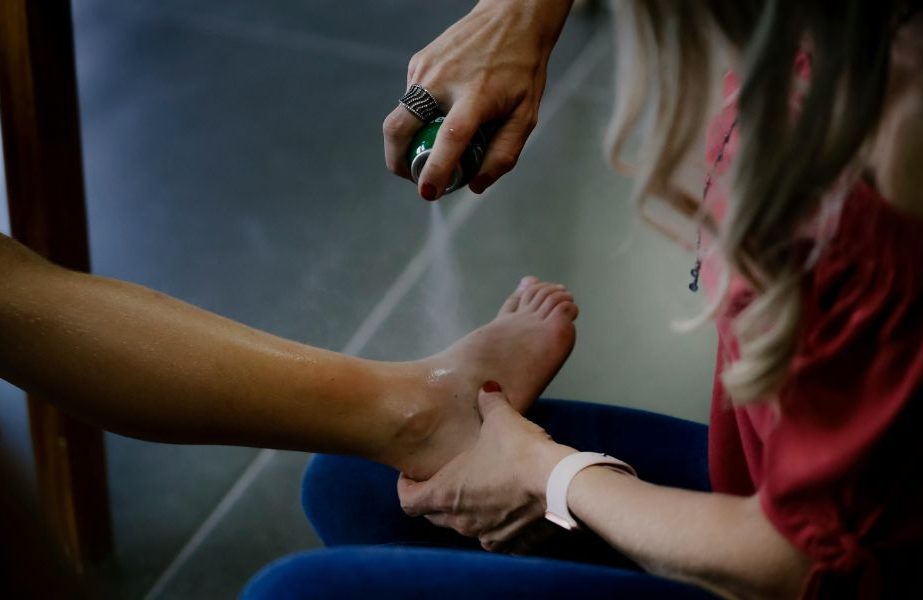
Foot injuries can disrupt more than your daily routine. They can affect your ability to work, drive, or even stand for long periods. When someone else’s negligence causes the injury, documentation becomes key to a personal injury claim.
Pain management doctors often play a key role in these cases because their assessments, treatment plans, and long-term records carry weight in court. But medical notes alone are not enough.
To build a strong case, you also need personal records such as photos, symptom logs, and written details about how the injury affects your daily life.
In this article, I will explain the following things:
- Why should you document foot pain?
- Things to do immediately after foot pain.
- How do medical records play a role?
- Mistakes to avoid when you document foot pain for your PI case.
Therefore, if these are some of the things that you want to know, keep on reading this article until the end…
Why Should You Document Foot Pain In Personal Injury Cases?
If you are filing a personal injury claim, everything needs to be documented clearly and consistently. That is what turns personal experience into legal evidence.
Insurance companies rarely go by what you say. They go by what you can prove. If your records are consistent and clear, they leave less room for argument. That is what gives your attorney a solid base to work from.
Attorneys often use your documentation to create a timeline. They show how your condition has progressed, how you responded to treatment, and what you lost along the way in terms of physical ability, financial stability, and daily function. Without this, your injury case will not be credible.
What Should You Do After A Foot Injury?
What you do in the first few days after the injury lays the groundwork for your case. Early action makes it easier to prove what happened and show that you took your condition seriously from the beginning.
Seek Immediate Medical Advice
After injuring your foot, go and see a doctor to get your foot checked. An immediate medical check should be done not only because it is important for your health, but also it is very important for your case.
Time delayed in seeking treatment may convey that the injury was not serious or that the person has faked the injury. Even when the pain is tolerable, some tissues may be harmed but not visible right away. The first official record is also created early when you get medical care.
Report The Injury Accurately
Share the details of what led to your injury. If the injury occurred at work, inform your employer. If the injury was the result of a car accident or a slip and fall, be sure to provide the date, time, and location of the accident. Include the names of any witnesses and/or parties involved in the incident.
At this stage of the process, your description should be consistent with the supporting medical records and any records from any court documents. Do not exaggerate or lie about the extent of your injury.
If you are not sure of some of the details about what led to your injury, it is okay to leave those details out. If the details does not line up well with each other, or if some are vague, it will put up red flags and make it much harder to substantiate your case.
Why Are Medical Records Important In Documenting Foot Pain?
Your medical reports hold more legal weight than verbal claims. Every appointment, test, and prescription creates a trail that can make your case credible.
Role Of Pain Management Doctors
Pain management physicians do much more than prescribe medication. They assess your level of pain, track the changes, and then recommend therapies after first looking at how your body responds.
The evaluation conducted by the physician contributes to a comprehensive picture of how the injury affects your life. The physician’s report may incorporate words and expressions that attorneys use in court to give them credibility.
Imaging And Test Results
Imaging applications such as X-rays, MRIs, and scans will often deliver findings such as a fracture, ligament damage, nerve damage, or swelling within the body. They represent corroborative evidence in favor of your account.
When there are questions regarding your injury, imaging will be one of the first things the insurance company or opposing attorney will examine. It is easier for the insurance company or opposing attorney to argue against your claims if there is only a written complaint, as opposed to evidence contained in a documented medical imaging study.
Treatment Plans And Prescriptions
Each prescription or recommended therapy confirms that a medical professional has taken your injury or ailment seriously. Treatment, such as physical therapy, medication, injections, or surgery, and every documentation of every step taken to address the pain, strengthens your case.
Consistent follow-up matters with injuries and ailments. If there is a gap in time where you have not followed up with the doctor, then the other side may argue that you did not experience as much pain and that it improved on its own.
How Can Personal Documentation Support Your Case?
Although medical records are important, they do not include everything. The impact of a foot injury often shows up in small, daily struggles that only you experience. Personal documentation helps fill in those gaps and shows how your life has changed.
Pain Journals
Keeping a pain journal helps you track your symptoms at specific times. Jot down where the pain occurs, how strong it is, how long it lasts, and what activities make it worse or better.
These entries do not need to be long. A few clear lines each day or week are enough. After a certain period of time, a pattern starts to appear.
For instance, you notice that walking increases the pain, while sitting in a certain position helps ease the pain. This type of personal record provides your legal team with something to reference beyond your medical charts.
Lifestyle And Work Impact Notes
Document details such as how your injury affects your work or how you handle daily activities. You could include:
- Missed workdays.
- Reduced hours.
- Canceled plans.
You can also include the fact that you needed help with tasks you are usually able to perform efficiently. These notes are beneficial when you calculate the lost wages or practical consequences caused by your injury.
Photographic Evidence
Photographs can be a source of proof that can support your case. Document visible swelling, bruising, use of any assistive help, or changes in posture caused by the injury.
This kind of visual record can show progress or any complications that might have arisen. It gives attorneys and insurers concrete proof. This documentation can also help alleviate doubt or minimize debate over the severity of the injury.
Supporting Evidence from Others
The documentation of your injury can be strong on its own, but additional documentation will support it. When someone else notices the same changes you have noted in documentation, it gives you greater credibility.
Family, co-workers, or supervisors who have witnessed you in an injured state can be great evidence. This is because it is often said how your injury has affected your mental and physical state or ability to work.
These statements show a more complete picture of how the injury has impacted your life, beyond your medical records.
Your employer may also have documentation that states missed days, change of assignment, or reduced work hours as examples to support a claim of lost income or limited physical ability etc.
These documents build up evidence to support that an injury has affected how your body functions, works, and earns.
What Mistakes To Avoid In Documenting Foot Pain?
One of the reasons why minor misjudgments can cost you your case is that your actions have to be consistent and honest throughout the whole process. If there is a gap, the other party will certainly make a big deal out of it.
In no circumstances should you exaggerate or give vague descriptions of your symptoms. Providing the information, such as “it hurts a lot,” does not help in demonstrating how the pain restricts your movement.
Rather, be specific about what you cannot do due to the pain, when the pain occurs, and how you are affected throughout the day.
Besides, a very common mistake is not going to your follow-up appointments and not following the doctor’s advice. The opposing side will likely use the delay in treatment to imply that you were not actually in pain or that your condition got better without any care.
How Attorneys Use Documentation To Build A Case?
First of all, attorneys use documentation as a tool to establish a causal connection between the injury and the accident and to illustrate the harm to the plaintiff’s lifestyle.
Records are required for any pressure test of the claim. Without them, even a truthful claim will be at risk of being discredited. They create the sequence of events that lead to the injury and, therefore, support the case.
Evidence such as medical records, diaries, pictures, and work-related documents gives a timeline for the incident and corresponds to the lawyer’s narrative.
This is how they prove that the injury was a result of the accident and not something else. Besides, this is also a way for them to demonstrate the changes or continuation of the condition in question over time.
Additionally, there is always a possibility for attorneys to use expert witnesses in a case. Besides explaining the treatment, a doctor specialized in pain management may be asked to provide an opinion regarding the long-term prognosis of the patient.
The clarity of your documents will determine how easy it is for the expert to establish a relationship between the facts and draw a conclusion in your favor.
Document Foot Pain Without Delay For A Clear Win!
One of the biggest misconceptions about workers’ compensation documentation is that it has to be voluminous to be strong. The truth is that detailed documents that authenticate your injury are not about the quantity but the quality.
Essentially, the documentation should reflect your injury and the ways it has disturbed your life and affected your income.
It is valid for both the medical and personal sides. This means that medical records come from the doctors. Om teh oyhehile personal records can be your own notes that demonstrate the impact on your everyday life.
It is of utmost importance that you start recording your injury as soon as you can and maintain the accuracy of your records regularly.
When your records are thorough and detailed, it becomes your lawyer’s work to build a strong case, negotiate a good deal for you, and, in court, present the facts that support your side.



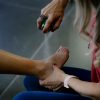

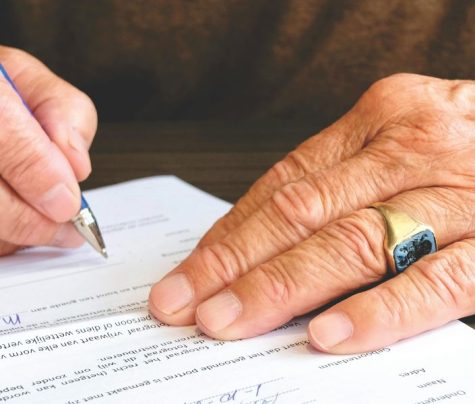

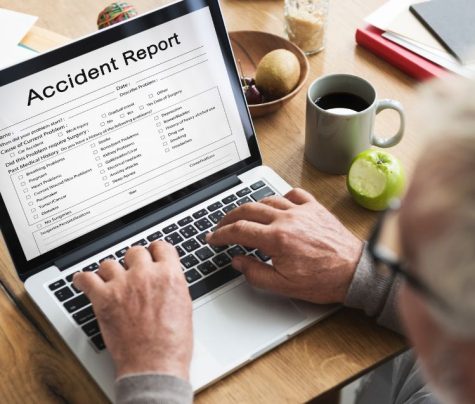
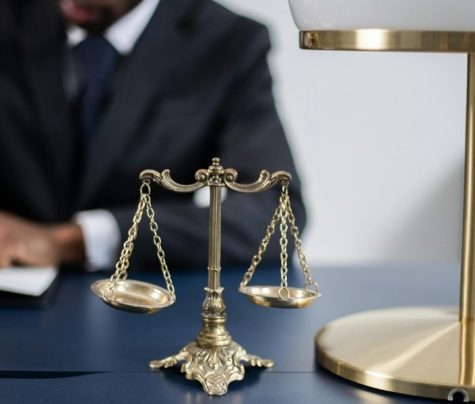
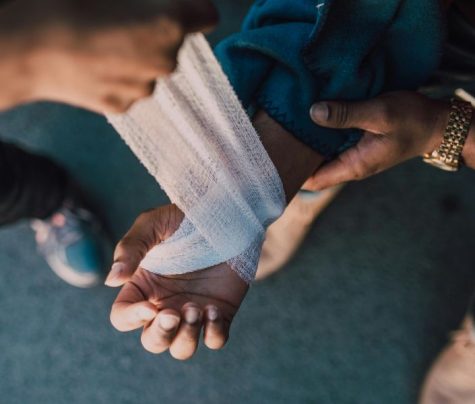
0 Reply
No comments yet.